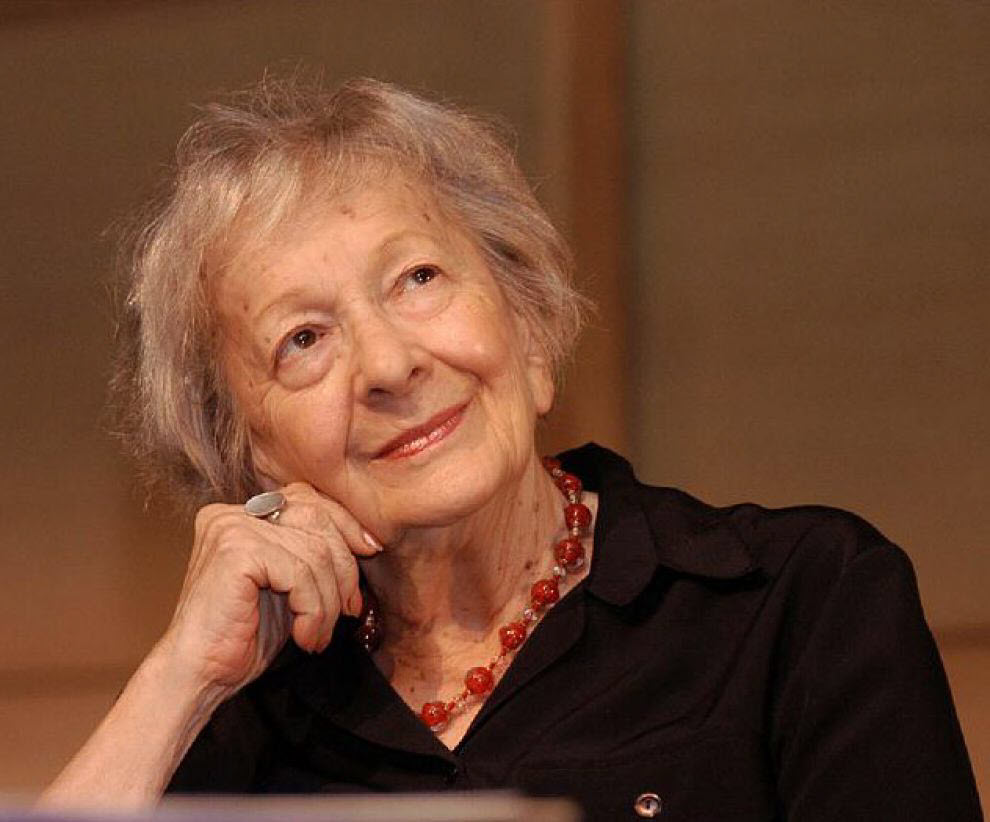Ata kërcyen nga katet që digjeshin –
një, dy, dhe ca më shumë,
më lart, më ulët.
Fotografia i ndali në jetë,
dhe tani i mban
lart mbi tokë drejt tokës.
Secili është ende i plotë,
me fytyrë të veçantë
dhe gjaku i fshehur mirë.
Ka mjaft kohë
për flokët të shprishen,
për çelësat e monedhat
nga xhepat të ikin.
Ende janë brenda përqafimit të ajrit,
brenda busullës së vendeve
që sapo i kanë hapur.
Mund vetëm dy gjëra të bëj për ta –
ta përshkruaj këtë fluturim
dhe t’mos shtoj vargun e fundit.
© 2005 by Wislawa Szymborska – Burimi: Monologue of a Dog (Houghton Mifflin Harcourt, Inc. 2005)
© Për përkthimin: S. Guraziu – Ars Poetica, 2008
– – – –
The most widely seen images from 9/11 are of planes and towers, not people. Falling Man is different.
The photo, taken by Richard Drew in the moments after the September 11, 2001, attacks, is one man’s distinct escape from the collapsing buildings, a symbol of individuality against the backdrop of faceless skyscrapers. On a day of mass tragedy, Falling Man is one of the only widely seen pictures that shows someone dying.
The photo was published in newspapers around the U.S. in the days after the attacks, but backlash from readers forced it into temporary obscurity. It can be a difficult image to process, the man perfectly bisecting the iconic towers as he darts toward the earth like an arrow.
Falling Man’s identity is still unknown, but he is believed to have been an employee at the Windows on the World restaurant, which sat atop the north tower. The true power of Falling Man, however, is less about who its subject was and more about what he became: a makeshift Unknown Soldier in an often unknown and uncertain war, suspended forever in history.
(Info: Time)


Komentet